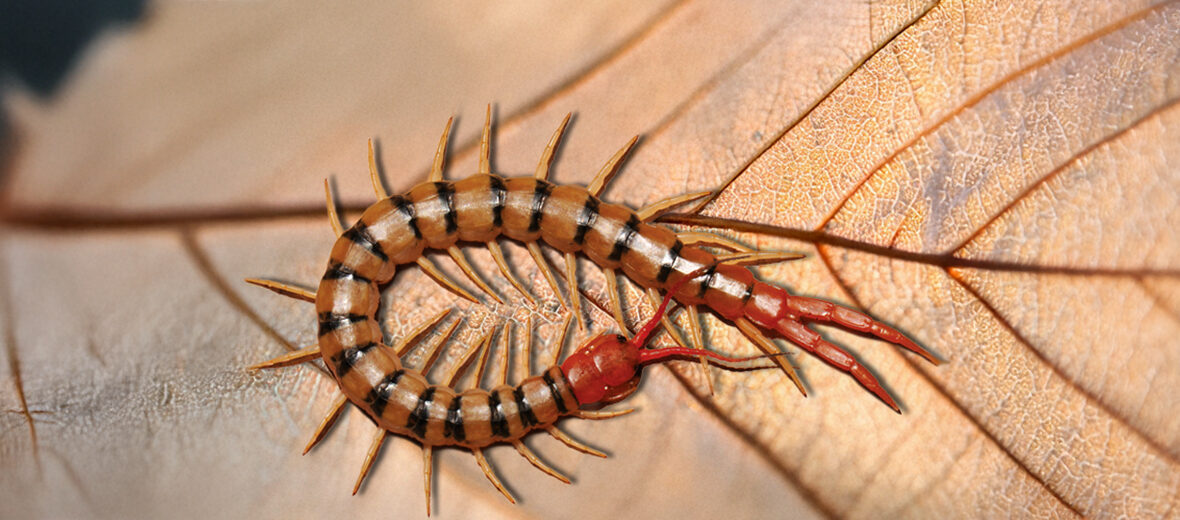
The Tanzanian blue ringleg centipede, aka red-headed centipede, may look more red than blue but their coloration varies dramatically based on their region. They can be found in Africa, Australia, and Asia. While the IUCN has not yet assessed the conservation status of these centipedes, they are considered an invasive species and likely won’t be assessed any time soon.
First the Stats…
Scientific name: Scolopendra morsitans
Weight: Up to .10 ounce
Length: Up to 5.1 inches
Lifespan: Up to 6+ years
Now on to the Facts!
1.) These centipedes are incredibly invasive, highly aggressive, and predatory.
2.) They are nocturnal (active at night).
3.) Various insects, arachids, and even small mice, as well as juvenile rats are on the menu.
4.) These ringlegs are partial to warmer environments and are found hiding amongst bark, leaves, and other substrates on the ground.
5.) They were originally described by Carl Linnaeus in his book 10th edition of Systema Naturae in 1758.
But wait, there’s more on the Tanzanian blue ringleg centipede!
6.) Shrews, badgers, larger birds of prey, snakes, and larger carnivorous arthropods all prey on these critters.
7.) Males produce sperm-containing packets known as spermatophores wrapped in a silken substance that they deposit in the sexual organs of female centipedes.
Did you know…?
The venom of Tanzanian blue ringlegs is known to cause redness, swelling, and in some instances, severe pain. But their venom is not fatal to humans.
8.) Females build brood chambers under the substrate in protected areas for their young. Once the eggs are laid, she will then coil around them to keep them safe from predators. This is known as brooding.
9.) A female can produce up to 86 eggs that hatch in up to 3 months.
10.) Sometimes when threatened, or over-stressed, mothers guarding their offspring have been known to engage in filial cannibalism (consuming their own eggs or embryos in order to minimize the energetic loss associated with an attack from a predator).
Now a Short Tanzanian Blue Ringleg Centipede Video!
Be sure to share & comment below! Also, check out the Critter Science YouTube channel. Videos added regularly!

Want to suggest a critter for me to write about? Let me know here.
Some source material acquired from: Wikipedia & IUCN
Photo credit: Billthekrill



